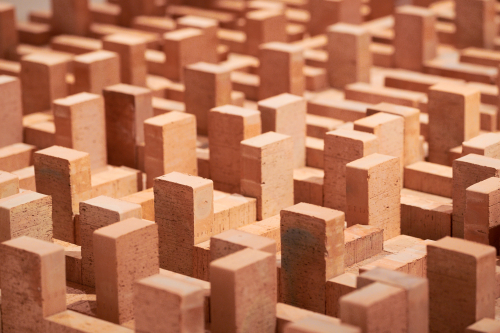Hungarian neo-avant-garde artist, TÜRK became interested in photography in the middle of the 1970s. In the course of multifarious investigations that simultaneously concern technical procedures and the resulting visual phenomena, he multiplies and modulates the photos usually in accordance with some mathematical organizing principle. By averaging several images or representing phases of movement simultaneously, he looks for the components of the visual average, the constituents of visual typology; Türk calls the works that emerge from the assembly, multiplication or stacking of multiple images, “co-visions.” The same idea informs Treadmill I and II. The concept was to dissolve reality into its elements and then to remix them: first he juxtaposed photos of the sixteen phases of a complete turn performed by a half-naked man in swimming trunks, and then cut up these photos and assembled the bits to form an average or essence of the recorded movement. The piece takes a fresh look at the relationship of the individual and the general, of quiddity and quality, image and data. His works represent their conceptual content, a principle or some rule, by means of an image or some other artistic signifier, which made him an artist who systematically worked in what can be called a “sensual conceptualism.”
K. J.


